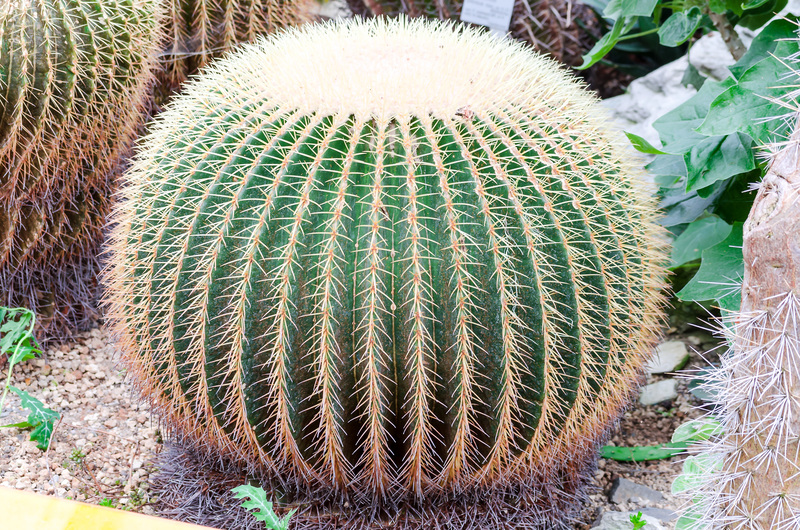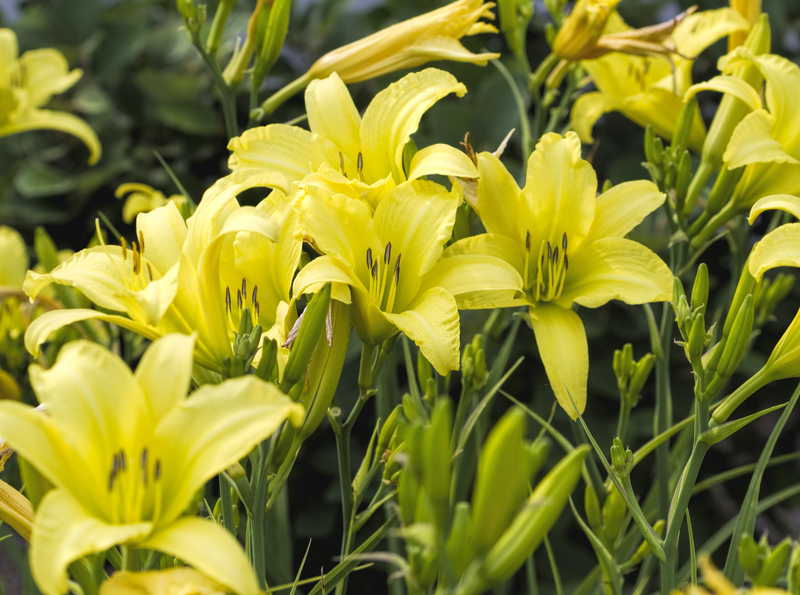Designing with Evergreen Climbers for Shady Corners
Posted on 16/05/2025
Designing with Evergreen Climbers for Shady Corners
Transforming shady corners of your garden into vibrant spaces can be a challenging yet rewarding task. Evergreen climbers are perfect solutions for those tricky spots where sunlight is scarce, offering year-round greenery and enhancing the aesthetic appeal of your outdoor space. This article will cover how to effectively design with evergreen climbers in such areas while maintaining an eye-catching garden.
Understanding the Role of Evergreen Climbers
Evergreen climbers are plants that retain their foliage throughout the year, making them ideal for adding lushness to any garden. These plants are excellent for covering walls, fences, and other structures, providing both privacy and beauty. Moreover, they typically require minimal maintenance, which makes them perfect for both novice and seasoned gardeners.
Selecting the Right Climbers for Shady Areas
Choosing the right evergreen climbers for shady corners involves considering several factors such as climate, soil type, and the specific requirements of each plant. Below is a list of popular climbers that thrive in shaded environments:
- Ivy (Hedera helix): Known for its adaptability, English ivy is a fast-growing climber that can tolerate deep shade. Its lush, green foliage is perfect for adding a touch of nature to shady walls.
- Climbing Hydrangea (Hydrangea petiolaris): This plant produces beautiful white flowers and glossy leaves. It clings well to walls and can grow up to 50 feet, offering a dramatic focal point.
- Star Jasmine (Trachelospermum jasminoides): Although it prefers partial shade, it can adapt to deeper shade areas. Its fragrant white flowers add elegance and a delightful scent to any area.
- Japanese Honeysuckle (Lonicera japonica): A robust climber known for its fragrant blooms. It is ideal for shady corners where a splash of color is desired.
Design Tips for Using Evergreen Climbers
Successfully designing with evergreen climbers in shaded locations involves creativity and strategic planning. Here are some expert tips to help you get started:
Understanding the Space
Before planting, take time to understand the specific conditions of the shady corner. Evaluate factors such as moisture levels, existing soil quality, and overall dimensions of the space. This understanding will guide the selection of climbers that complement both the environment and design intentions.
Creating Vertical Gardens
Vertical gardens not only get more plants into a small area, but they also make the most of spaces that would otherwise go unused. Use trellises, walls, or fences as frameworks for climbers to ascend. Vertical gardens can bring life to a dull, shaded corner, adding depth and interest.
Layering and Texture
Incorporate various types of climbers to add texture and layers to your design. Mix fine-leaved varieties with broad-leaved climbers to create a rich tapestry. Play with colors through foliage and flowers to enhance visual interest. Evergreen climbers with varying shades of green provide depth and can show off their natural beauty even in low-light conditions.
Complement with Shade-Loving Perennials
Combine evergreen climbers with shade-loving perennials such as hostas or ferns. This creates a diverse ecosystem while adding more visual appeal. The textural contrast between climbers and perennials can result in stunning displays, giving shaded gardens a dynamic and lush look.
Maintenance and Care
Caring for climbers in shaded corners involves regular monitoring and maintenance, even though they generally require less care than other garden plants. Essential maintenance tasks include:
- Pruning: Regular pruning encourages healthy growth and prevents climbers from becoming overgrown. Trim any dead or diseased foliage to maintain plant vitality.
- Feeding: Although climbers are often resilient, they benefit from a slow-release fertilizer to promote strong growth. Always follow specific fertilizer instructions for each type of plant.
- Watering: Shaded areas may retain moisture longer, so monitor soil moisture levels to avoid overwatering, which can lead to root rot.
- Mulching: Applying mulch can help retain soil moisture and suppress weeds, contributing to a healthier growing environment.
The Rewards of Designing with Evergreen Climbers
Designing with evergreen climbers in shady corners not only enhances the landscape but also offers several ecological benefits. These plants provide habitats for birds and beneficial insects, improving local biodiversity. Additionally, they can help insulate structures by providing a layer of protection against harsh weather conditions.
Overall, incorporating evergreen climbers into your garden design is a brilliant way to make the most out of shady corners while creating a year-round display of lush greenery. With proper selection, planting, and care, your shady areas can become vibrant and thriving oases with these dynamic plants.
Conclusion
In conclusion, designing with evergreen climbers for shaded areas is a practical and beautiful way to enhance your garden's functionality and appearance. By choosing plants suited to low-light conditions and employing strategic design techniques, you can transform even the shadiest corners into stunning focal points. So, why not take on the challenge and add vibrant life to those forgotten spots in your garden?



